Content Sections
By Robert Verkerk PhD, founder & executive coordinator
A decision by a German court has formally classified CBD (cannabidiol), the beneficial, non-psychoactive compound in hemp (Cannabis sativa) plants, as a novel food to stop any legal marketing of some of the most popular natural health supplements. This follows the non-legally binding decision by the European Commission’s Working Group on Novel Foods, itself comprised of representatives from all 28 EU member states in 2018 to classify CBD used in foods or food supplements as novel foods. These require pre-market authorisation before being allowed for sale and the application process is often lengthy, expensive and so is often prohibitive for all but the biggest actors.
This court decision precedes the granting, by another German state authority, of a licence to import medical cannabis for use in Germany.
Could the push for medicines control and novel food exclusion of CBD be driven not by consumer safety, but by vested interests?
In this analysis, we examine some of hemp and cannabis’ history, old and recent, specifically focusing on CBD products containing negligible amounts of the psychotropic cannabinoid, tetrahydrocanna . You can then make up your own mind.
CBD goes exponential
Food supplements based on hemp extracts rich in cannabidiol (CBD) represent the fastest growing category of natural products many of us have ever witnessed. CBD is one of two most well-studied cannabinoids in Cannabis sativa and those varieties that are particularly useful in delivering fibre and seed oil tend to also be low in psychoactive THC. Plant cannabinoids (phytocannabinoids), over one hundred of which have been isolated from cannabis, have been shown to demonstrate complex interactions with the human endocannabinoid system, and there is partial overlap in the effects naturally-produced (endogenous) cannabinoids and phytocannabinoids. These broad range of effects mean that CBD has been found to be beneficial for a very wide range of uses, including supporting people with anxiety disorders, multiple sclerosis, autism, epilepsy, pain syndromes, neurodegenerative conditions, cancer and more.
Skyrocketing demand for CBD supplements has occurred in Europe and has been mirrored in many parts of the world. But it was perhaps in the USA – regarded by many as the R&D centre for natural health products – where the CBD bomb first exploded properly.
One of the biggest triggers for this explosion was a change in law in the USA. The 2018 Farm Bill legalised the cultivation of hemp, drawing a legal line in the sand between industrial cannabis that is effectively free of THC (the psychoactive component present in some cultivars of Cannabis sativa), and that which is still considered a narcotic owing to a content of THC exceeding 0.3% under the Controlled Substances Act of 1970.
Across the pond, a year before that (2017), the European Commission’s Working Group on Novel Foods added an entry to its Novel Food Catalogue specifically for cannabidiol. A separate entry for Cannabis sativa had been there since 1998 that reflected the traditional use of hemp products in the food chain. The new entry for CBD indicated that extracts of Cannabis sativa with CBD levels higher than those naturally present in the source crop were considered ‘novel’. In January 2019, both the Cannabis sativa and CBD entries in the Novel Food Catalogue changed, with only unextracted seed products and oils being regarded as traditional (i.e. not requiring novel food pre-market authorisation).
So while the bullets had been removed from the regulator’s gun pointing at CBD in the USA, the bullets were being loaded into the barrel of the European gun.
The chequered history of cannabis regulation in the USA
The history of the cannabis plant in the USA is fascinating and surprisingly divided – considering the plant’s history of human exploitation over more than 6,000 years and it’s incredible range of uses from textiles, to building and road-making materials, and of course, its many therapeutic uses.
America’s Founding Fathers, including George Washington, John Adams and Thomas Jefferson, were great fans of hemp and were introduced to it by the early pilgrims given the crop’s huge importance in Europe.
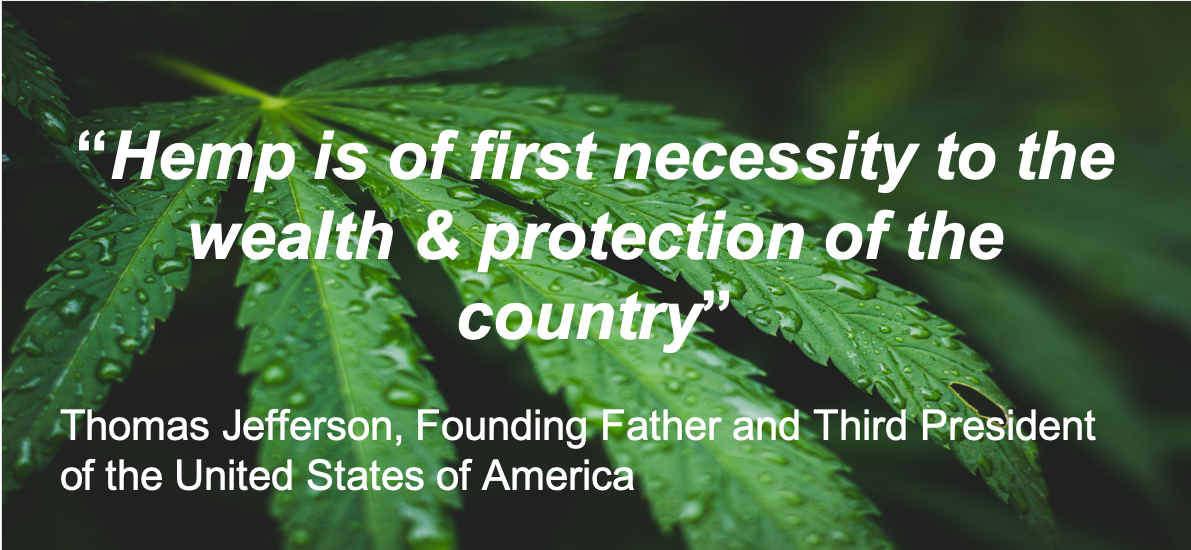
But it was Roosevelt in 1937 who effectively wiped out the commercial hemp industry until it’s very recent resurgence by unwittingly passing a law, the Marijuana Tax Act of 1937. The law effectively brought in a prohibition of hemp products by imposing a series of taxes, restrictions and regulations that made it almost impossible to sell or buy cannabis products of any type. Congress and the public were likely more receptive to a de facto prohibition in a nation that had recently (1920-33) experienced the prohibition of alcohol.
Perversely, Roosevelt and Congress at that time were apparently unaware that hemp and marijuana were related to the same plant species. They all knew about hemp given its long history of cultivation and use in textiles. But they thought that the psychoactive effects of THC-rich ‘marijuana’ was caused by a different plant. They apparently thought they were doing society a good deed by making it nigh on impossible for people to grow, sell or use products that they believed were making people mentally unstable and inciting criminal behaviours. These views were heavily influenced by a racist, unscientifically-based propaganda machine driven by a certain Harry Jacob Anslinger, a United States government official that served as the first commissioner of the Federal Bureau of Narcotics. The underlying driver for this deranged law was likely the upsurge of the cotton, paper and petroleum products which meant that Aslinger’s views could be fanned to the benefit of these powerful industries.
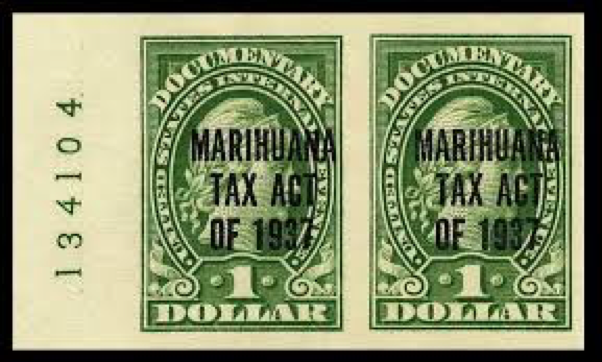
Marijuana Tax Act stamps (Courtesy: Wikimedia)
Aslinger, when testifying to Congress in 1937, the year the Marijuana Taxation Act was passed, said: “Marijuana is the most violence-causing drug in the history of mankind…Most marijuana smokers are Negroes, Hispanics, Filipinos and entertainers. Their satanic music, jazz and swing, result from marijuana usage."
Prior to the passage of 2018 Farm Bill, there were a few milestones in the US’s history of hemp. One was California’s decision to legalise medical cannabis in 1996, and another was Washington state’s legalisation of recreational cannabis in 2012.
But neither of these state laws took the brakes off the cultivation of hemp like the passage of a federal act in the form of the 2018 Farm Bill. There’s no doubt celebrities and athletes helped CBD oil products to go viral, but ultimately the real driver was linked to the products’ wide range of benefits for a diverse range of people, ranging from those with mild anxiety through to sufferers of chronic pain or cancer.
Europe’s historically more permissive cannabis culture
Just as hemp was an essential commodity for the development of America’s early colonial history, it was also the foundational crop used to make the clothes, paper, rope, sailcloth, and medicines that facilitated Europe’s development as a major civilisation since at least the era of Ancient Greece.
But, like in America, high-THC varieties of cannabis were regulated as controlled substances in most European countries during the twentieth century. The Netherlands has, famously, allowed since 1976 the sale of small amounts of cannabis for recreational use in coffee shops with the aim of reducing dependence on class 1 drugs such as heroin.
Conversely, the fibre-type/seed-oil varieties of hemp that also tend to be the varieties rich in CBD, rather than THC, can be cultivated in the EU as long as they’re listed in the 'Common Catalogue of Varieties of Agricultural Plant Species’ with a THC level in seeds below 0.2%. Currently just 5 cultivars are listed. This very low tolerance for THC in hemp plants set in European law puts European producers at a competitive disadvantage compared with suppliers in the USA, Canada and elsewhere which are nearly all reliant on a 0.3% THC limit.
But even before the CBD explosion was properly felt, a European Commission agricultural working group reported in 2016 that 28,000 hectares of hemp were already being grown in the EU, with the main processing centres in France, Austria, the Netherlands, Romania, Czech Republic, Italy and Lithuania. The report also noted that cultivation was expanding, that the crop provided multiple benefits to the soil and environment, was drought tolerant and that therapeutic usage of products derived from it was highly volatile. And that was before demand for use of CBD in supplements and cosmetics became exponential.
But even CBD, as distinct from therapeutic products that were often regarded as containing both THC and CBD, the two most therapeutically important plant-derived cannabinoids, was on the drug companies’ radar, being registered as an orphan drug.
People and hemp industry power to the rescue
When CBD supplements took off in the UK in 2016, the UK’s medicines regulator quickly responded and classified those used for medical purposes as unlicensed drugs.
There was backlash by the hemp and now-growing CBD industry backed by the many thousands of citizens calling this legal approach disproportionate. The vast majority of CBD supplements were being sold without medical claims and it was also argued that CBD had long been consumed, albeit in small quantities, in hemp oil sold as a food and in certain alcoholic beverages notably some beers and ales.
Then came the non-legally binding decision of the European Commission’s Novel Foods Working Group. At least one application for a novel food has been submitted, by the company Cannabis Pharma but the application process is far from straight forward. It may be very costly, it may take years to complete successfully and may ascribe protection to the applicant, so locking out other competitors with different manufacturing methods.
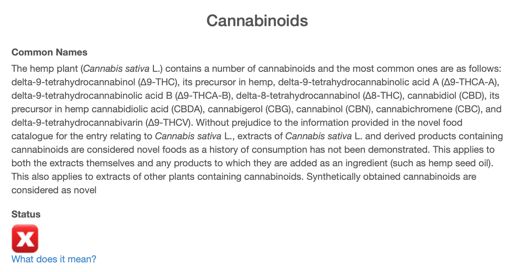
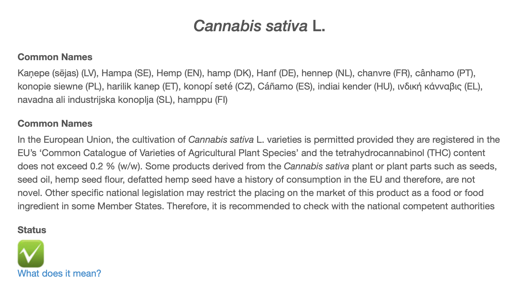
The contrasting opinions of the European Commission Novel Food Working Group on Cannabinoids and Cannabis sativa as revealed in the Novel Food Catalogue.
Hemp industry fights back
The hemp industry hasn’t been sitting on its backside just raking in the profits. Organisations like the Cannabis Trades Association, the Hemp Industries Association and the European Industrial Hemp Association are fully engaged in trying to get a proportionate solution that rescues CBD from the clutches of novel food law in the EU, new dietary ingredient law in the USA and medicines law everywhere.
There is nothing new or novel about CBD. Our endocannabinoid system is built to respond to it when it’s produced internally and, surprise, surprise, certain plants also produce it. No one’s planned to ban soya because of the phytoestrogen levels, despite much less evidence of benefit and more pointing to potential risks, as compared with hemp and CBD.
The twist of the law that the regulators have found argues that new, more powerful extraction methods, such as supercritical extraction which relies on carbon dioxide, are being applied to concentrate the CBD at levels considerably above those found in seed oil. This is true – but concentration of oils, including supercritical extractions, has been used for years in a gamut of other edible plant oils.
What some regulators are insisting is that these potent extraction methods are concentrating ‘undesirable substances’ – this being the very platform being used by the Food Safety Authority of Ireland. While there may be real concerns about the quality of some CBD extracts on the market, the (mis)use of novel food law to raise safety concerns, is nothing short of a ruse.
On the question of safety, initiatives are being launched to assure the quality of CBD extracts. The TrustCanna mark is one such initiative.
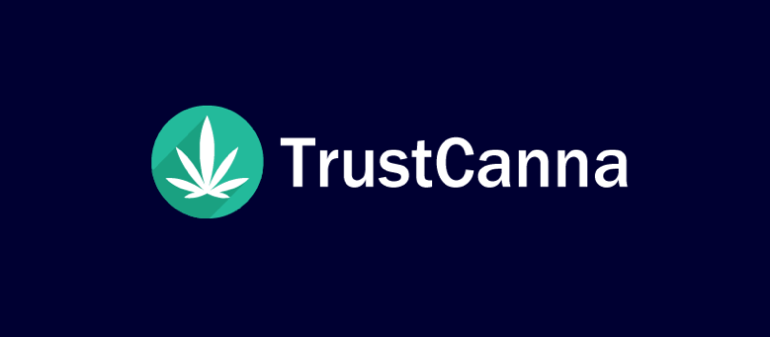
The TrustCanna mark of quality assurance
Where to now?
The battles facing hemp are far from new, as we’ve seen.
Nature will win out in the end, but it won’t happen if we don’t all do our bit. Recognise that there are a lot of new, including pharma, players desperate to get a piece of the action. These include companies that are using genetically modified microorganisms to produce Δ9-tetrahydrocannabinolic acid (THCA) and cannabidiolic acid (CBDA).
Good luck to these players – these are the very kind of products most of us are very happy to see requiring approval as novel foods or new drugs prior to being put on the mass market.
It’s essential that we keep CBD on the market as a food supplement and as a cosmetic ingredient. Anything else would drive up the price dramatically putting it out of reach from the hundreds of thousands who are already deriving great benefit from a natural compound with an exceptional track record of safety.
Yes, work must be done to improve the quality of some of the peripheral players who have been keen to cash in on the demand without caring sufficiently about manufacturing processes, supply chains or labelling. But such problems, in other areas of the food industry, have historically been amply settled by industry self-regulation, not governmental regulation where citizens end up being the main losers.
While Europe now finds itself in the cross-hairs of European regulators, the US may not escape it entirely, although efforts to improve product quality will likely go a long way to take the bullets of the regulator’s barrel.
Take action on hemp and CBD now!
So what can we do? While a deciding court action at the European level has yet to set a precedent, we need to be very concerned about the district court action in Germany with which we opened this piece. An appeal and further challenges are urgently needed.
In the meantime, one of the most important things in industry-driven conflicts such as this one, is how we ‘vote’ (shop) with our wallets. Buy good quality brands, with known content of CBD, with a guarantee of quality. Increasingly these will appear with a mark certifying quality.
But how you vote politically can also be crucially important. You should let your elected members know about your concerns over disproportionate regulation – especially if you’ve been prevented access to high quality products. Apart from your access to CBD, you also need your representatives to know that the EU must increase its threshold for THC in hemp oil from the current 0.2% level to 0.3%, so European growers and processors can compete with those of North America and Asia – on a level playing field.
Sharing articles like this one as widely as you can among those you know who manage their health primarily by natural means is also key. Knowledge is power. Especially when health is natural.




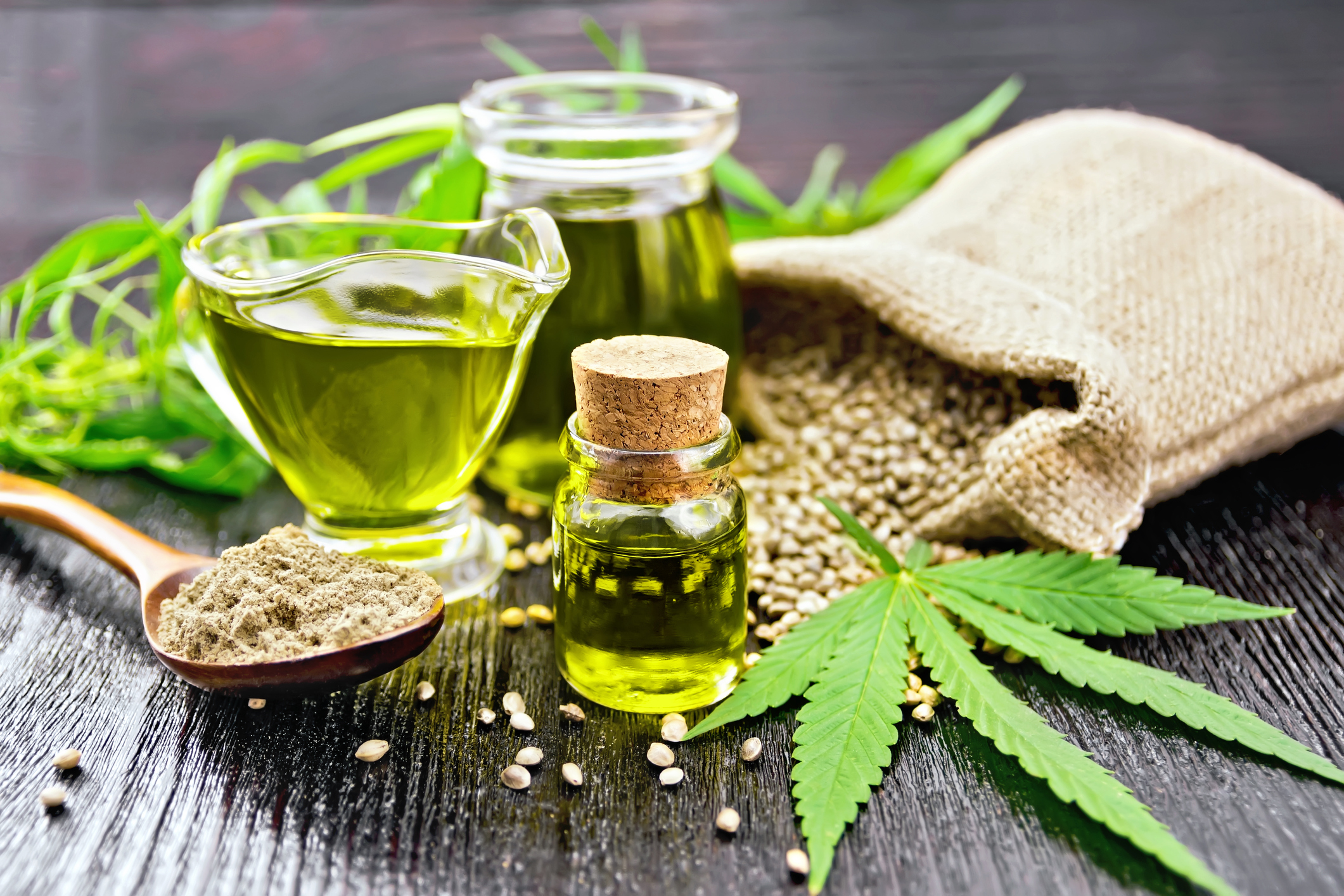


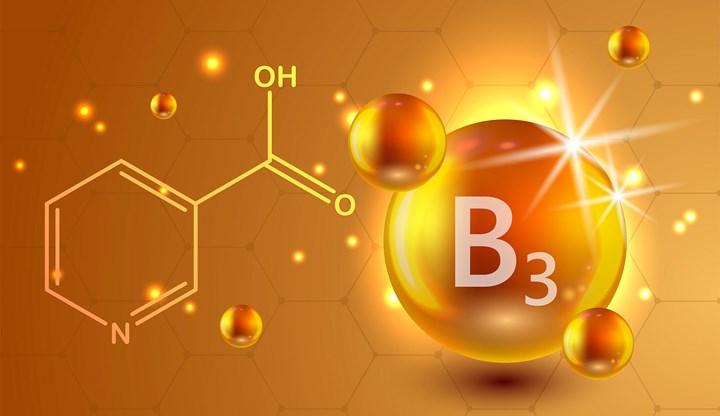
Comments
your voice counts
22 November 2019 at 8:57 am
Thank you for this article, much appreciated. However, there's one aspect of the clamping down on CBD that was not mentioned. Many growers of the hemp plant in the UK are having their licenses revoked. Why? Because, surprise surprise the plant produces flowers and flowers, in the collective narrow mind of legislators equals the production of marijuana and can be sold to 'pot-heads'. 0.02% THC of a plant is 0.02% whether you have one plant or a 20 acre field so that to my mind is a wholly spurious excuse to scupper the fledgling hemp industry.
22 November 2019 at 6:07 pm
Hi Sally, thanks for your comment and reminding us of the problems growers have been having. It's an extremely difficult situation all round. We reported on the problem Hempen faced earlier in the year - https://www.anhinternational.org/news/news-alerts-week-31-2019/#user-heading-3 when they had to destroy their entire crop due to their licence being revoked.
We hope the article helps those who are fighting the restrictions.
Warm regards
Melissa
27 November 2019 at 6:35 pm
Some unregulated hemp/CBD products could be likened to other consumables including counterfeit cigarettes, recreational drugs plus other 'popular' consumables of unknown or dubious origin. Currently, quality and hygiene standards are virtually impossible to monitor or police effectively. Just visit a Sunday market or corner shop in some British neighbourhoods and you can find many illegal, contaminated or otherwise sub-standard products for sale to the General Public. Ultimately the consumer deserves peace of mind; from reading (ideally) a tamper-proof label they should be able to identify the original source of the product (manufacturers identity), a batch code, and to what recognised standard it was produced & packaged - together with the relevant certification mark if appropriate. Just a thought.
01 December 2019 at 6:24 pm
Your argument about THC is unconvincng: why bring up European levels to 0.03%, and not bring DOWN the US levels to 0.02%? (2) Who can GUARANTEE that long term use of 0.03% THC content will not produce negative effects? Can you?
(3) Having been involved in drug prevention in the past, I became aware personally of users developing schitzophrenia and related disorders. (4) There are many other stress-reducing plants such as Ashwaganda, who do not have a shread of doubt about negative effects. (5) I want you to explain to me why compared to a few years ago, SUDDENLY the whole planet has "discovered" this God-wander, which ranges from superfood to singular pain reliever to clothing element? Overnight it is now being produced and marketed everywhere.
Your voice counts
We welcome your comments and are very interested in your point of view, but we ask that you keep them relevant to the article, that they be civil and without commercial links. All comments are moderated prior to being published. We reserve the right to edit or not publish comments that we consider abusive or offensive.
There is extra content here from a third party provider. You will be unable to see this content unless you agree to allow Content Cookies. Cookie Preferences